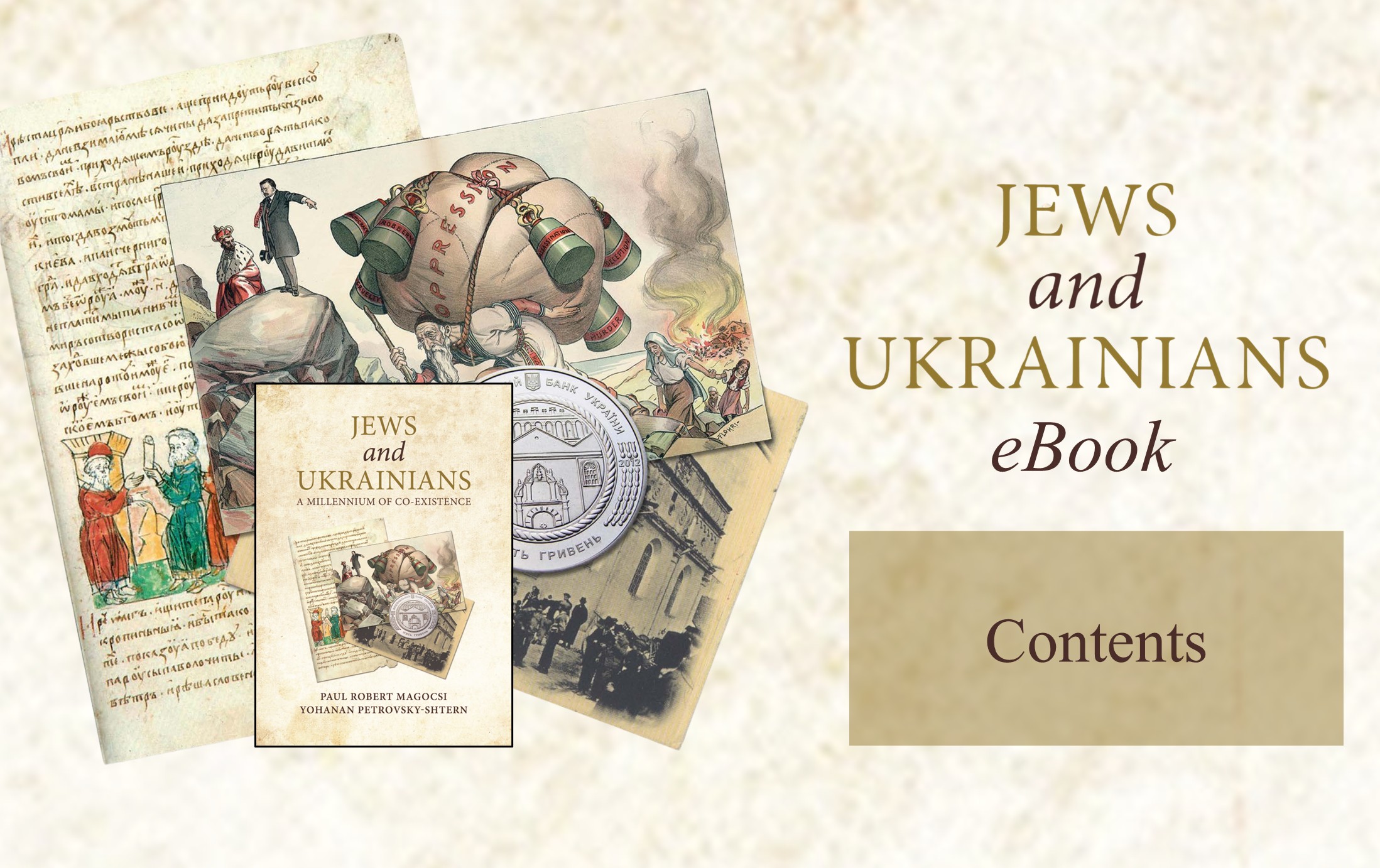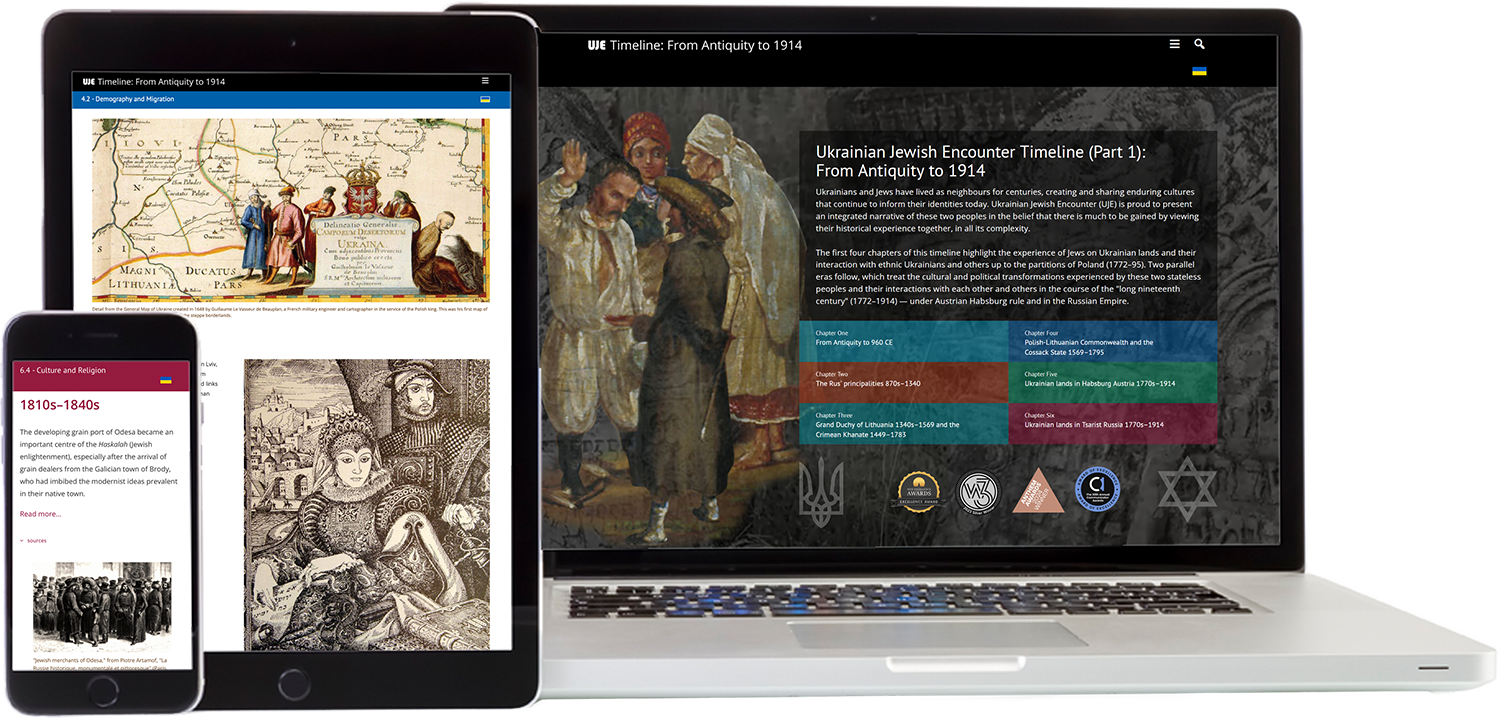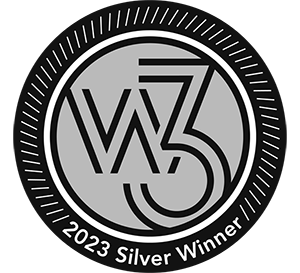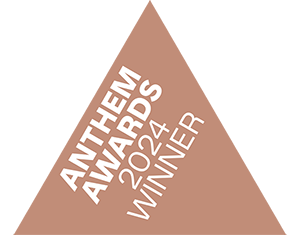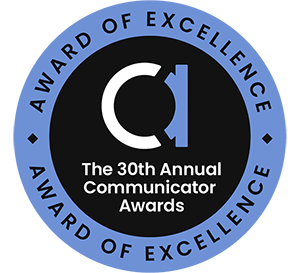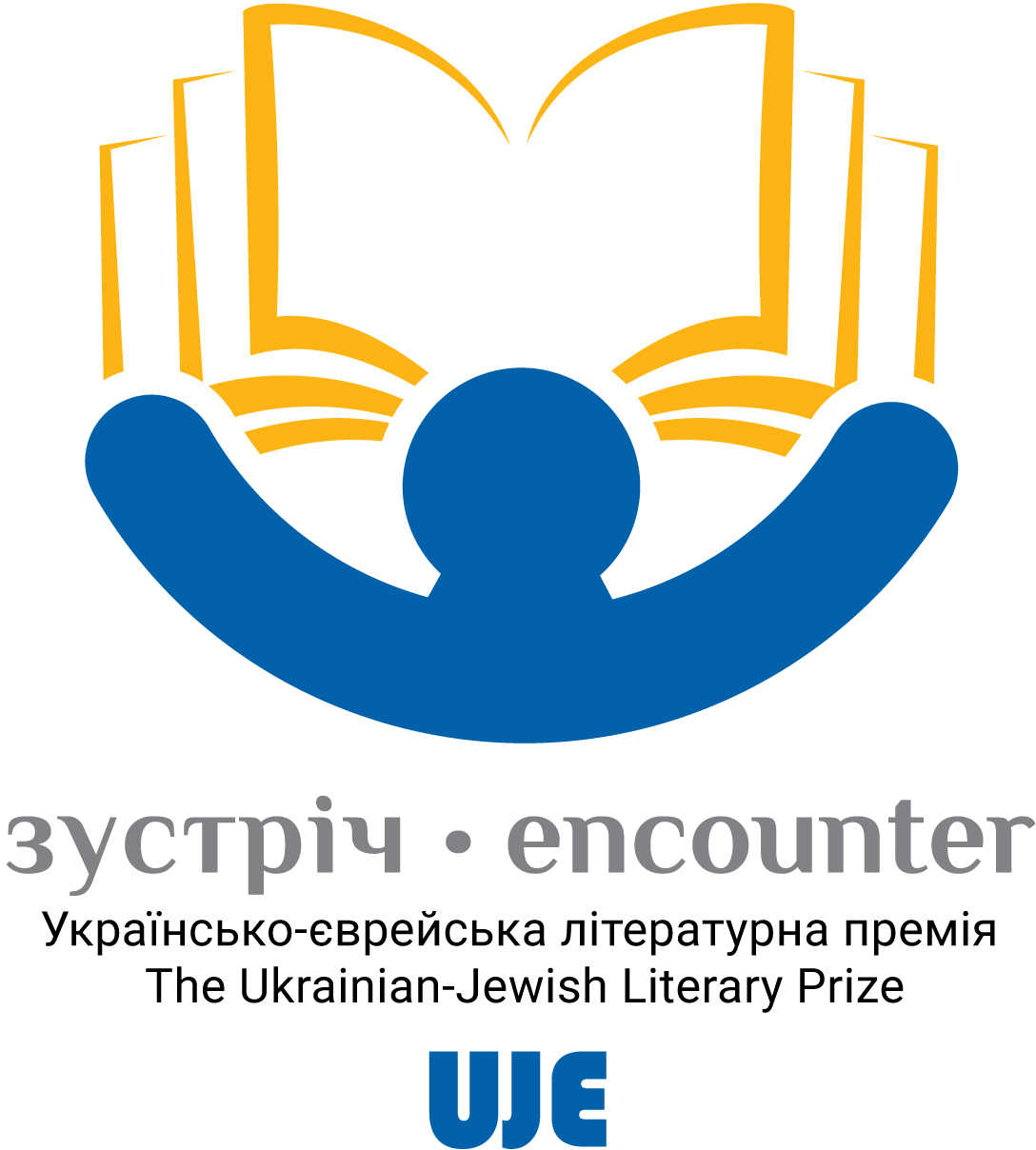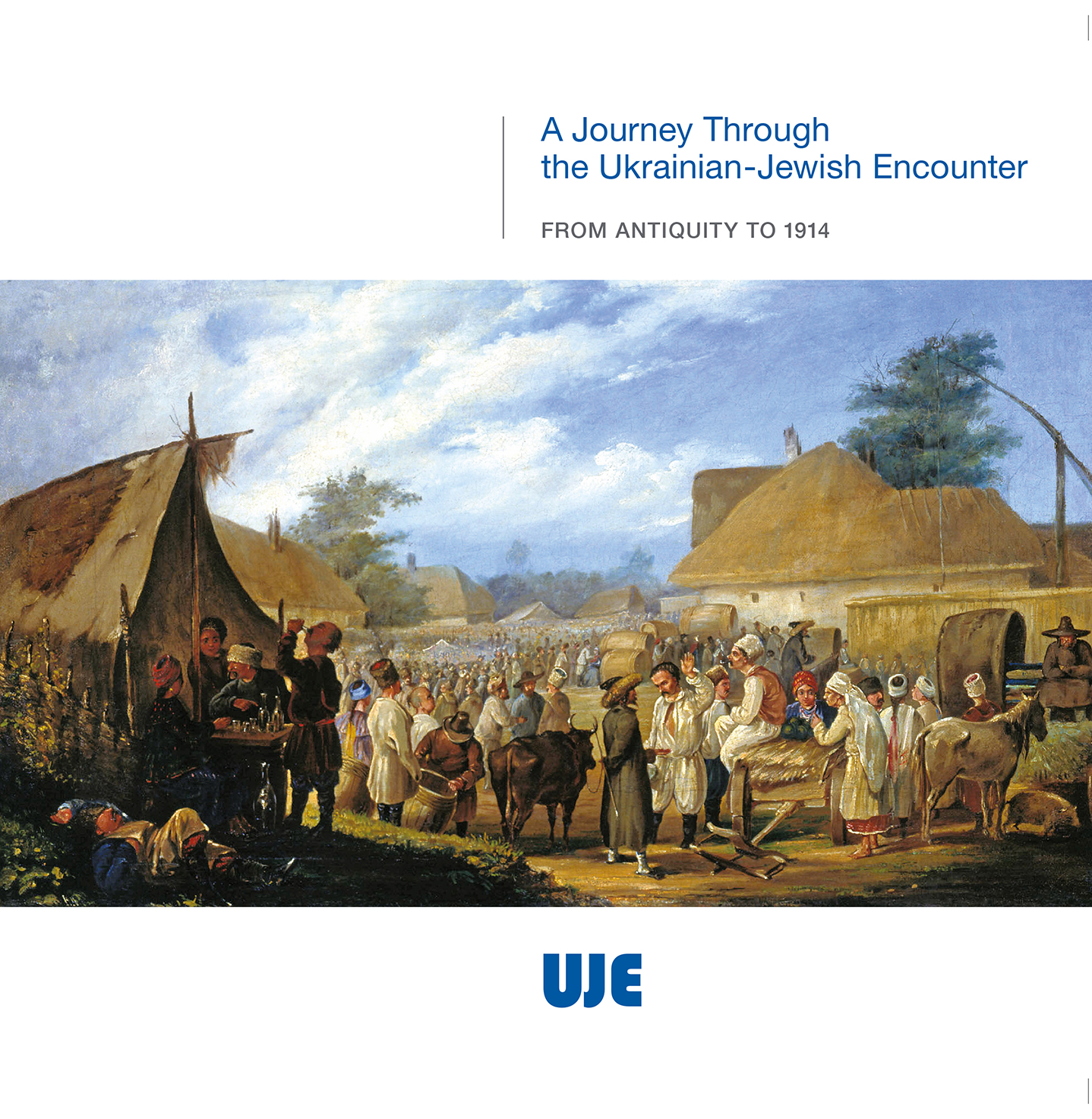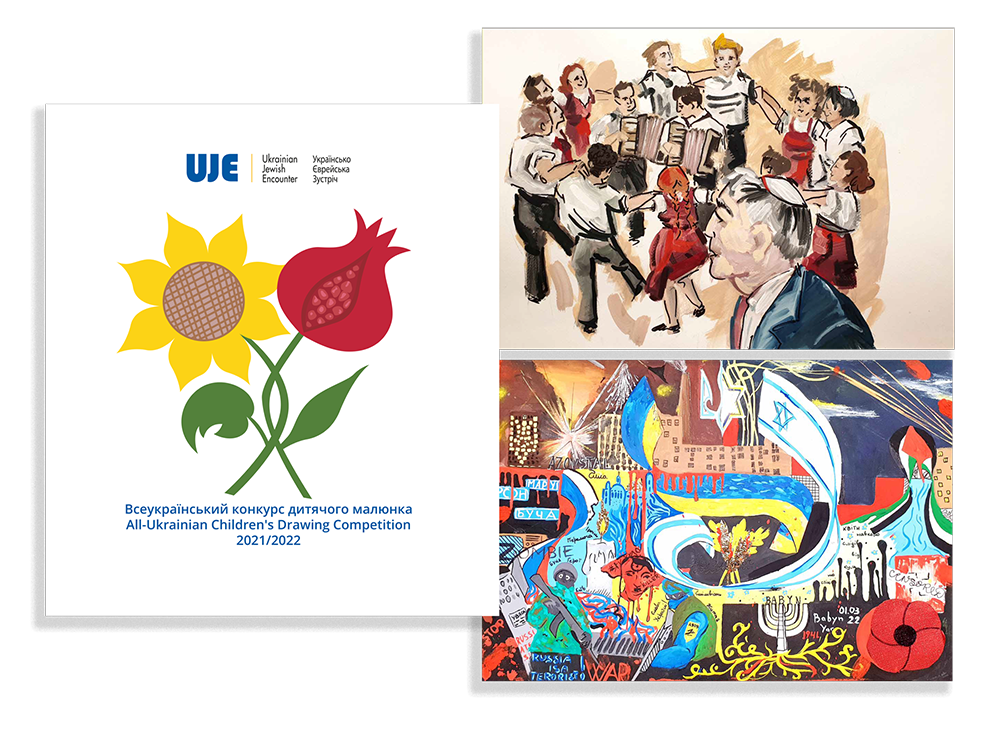Contents: "Jews and Ukrainians: A Millennium of Co-Existence"
Jews and Ukrainians: A Millennium of Co-Existence is an award-winning book that explores the relationship between two of Ukraine’s most historically significant peoples over the centuries.
In its second edition, the book tells the story of Ukrainians and Jews in twelve thematic chapters. Among the themes discussed are geography, history, economic life, traditional culture, religion, language and publications, literature and theater, architecture and art, music, the diaspora, and contemporary Ukraine before Russia’s criminal invasion of the country in 2022.
The book addresses many of the distorted stereotypes, misperceptions, and biases that Ukrainians and Jews have had of each other and sheds new light on highly controversial moments of Ukrainian-Jewish relations. It argues that the historical experience in Ukraine not only divided ethnic Ukrainians and Jews but also brought them together.
The narrative is enhanced by 335 full-color illustrations, 29 maps, and several text inserts that explain specific phenomena or address controversial issues.
The volume is co-authored by Paul Robert Magocsi, Chair of Ukrainian Studies at the University of Toronto, and Yohanan Petrovsky-Shtern, Crown Family Professor of Jewish Studies and Professor of History at Northwestern University. The Ukrainian Jewish Encounter sponsored the publication with the support of the Government of Canada.
Contents
Introduction
- Stereotypes, misperceptions, and competing stories
1. The Land and its Peoples (1.1)
- Physical geography
- Human geography
- Not deliberate, but nonetheless offensive
2. The Historical Past (2.1, 2.2, 2.3, 2.4)
- Pontic and steppe civilizations Kievan Rus
- Lithuanian-Polish-Crimean era Cossack- and Crimean-ruled Ukraine Muscovite-, Polish-, and Crimean-ruled Ukraine
- Russian- and Austro-Hungarian-ruled Ukraine
- Jew hatred — antisemitism or anti-Judaism?
- Ukrainian lands in the Austro-Hungarian Empire
- World War I and the revolutionary era The interwar years
- World War II and the Holocaust
- Collaboration
- The post-war Soviet era, 1945–1991
3. Economic Life (3.1)
- Agriculture
- The Jewish korchma/tavern
- Urban merchants, artisans, and laborers
- The shtetl
- Industrialization
4. Traditional Culture (4.1, 4.2)
- Material culture
- Peasant in practice, yet urban in aspiration
- Spiritual culture
- Politics and traditional culture
5. Religion (5.1, 5.2)
- Belief systems: Christianity and Judaism
- Organizational structures
- Religious diversity among Ukrainians
- Religious diversity among Jews
- The Karaite ideologue and inventive scholar
6. Language and Publications (6.1, 6.2)
- Spoken language
- Yiddish and Ukrainian mutual linguistic influences
- Written language
- Manuscripts and book printing
7. Literature and Theater (7.1, 7.2, 7.3)
- Evolution of Ukrainian and Jewish-Ukrainian literature
- Literary cross-fertilization
- Theater
8. Architecture And Art (8.1, 8.2, 8.3)
- Architecture
- Painting and sculpture
9. Music (9.1, 9.2)
- Folk music
- What is klezmer music?
- Art ("classical") music
- Renowned teachers and performers
10. The Diaspora (10.1. 10.2, 10.3)
- Main centers of Ukrainian immigration
- Diaspora or immigration?
- Main centers of Jewish immigration
- Ukrainian diasporan impact on Canada and the United States
- Jewish diasporan impact on North America and Israel
- Ukrainian diasporan impact on Ukraine
- Jewish diasporan impact on Ukraine
11. Contemporary Ukraine (11.1, 11.2)
- Politics and society
- Understanding the Jewish experience
- Israel and Ukraine — Jews and Ukrainians
- Putin’s fantasy: antisemitism in Ukraine
12. The Past as Present and Future (12.1, 12.2)
- Ukrainians in a post-Communist world
- Jews in a post-Communist world
- Toward a shared narrative
- The past, present, and future
Click here for a pdf of the entire book.







